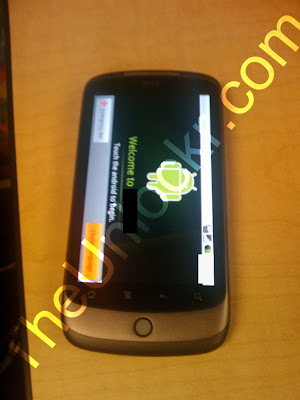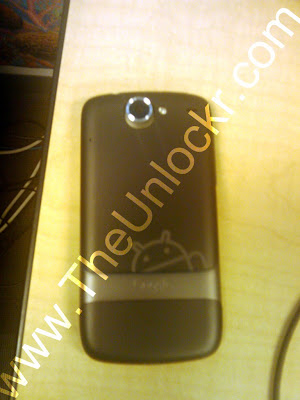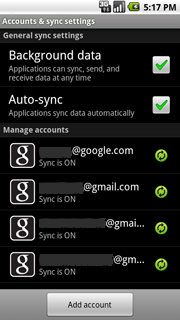
The Nexus One, also known as the Google Phone, has been causing a stir this month after details began to emerge about the project. Earlier today, we learned that the phone will likely be revealed on January 5 at a Google press conference.
Information on the phone’s already starting to leak through the Google gates, though. Screenshots obtained by gadget blog Gizmodo reveal one of the most important details about the device: its price.
The screenshots seem to be the future landing pages for the Google phone. It will apparently go live soon at google.com/phone and be the sole portal for purchasing your very own Nexus One. And while we cannot verify the accuracy of these screenshots, the information presented makes sense.
Here are some of the key details you should know:
- Price: $530 USD ($593 AUD) unsubsidized and unlocked, $180 USD subsidized on the T-Mobile network with a 2 year contract.
- Rate Plan: $79.99 USD per month on T-Mobile, which includes unlimited texting/MMS and web data, along with 500 minutes. This seems to be the only plan available, even if you’re already on another plan with T-Mobile
- Purchasing: You can buy up to five Nexus One phones per Google account.
- Cancellation: If you cancel within 120 days, you have to pay the subsidy difference ($350 USD) or return the phone to Google.




















































